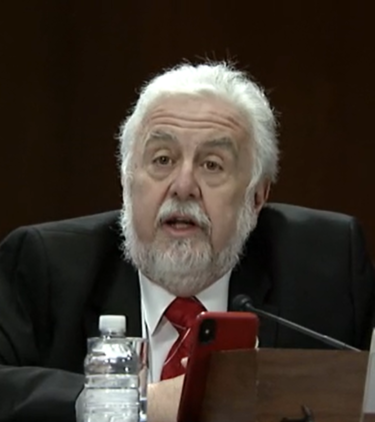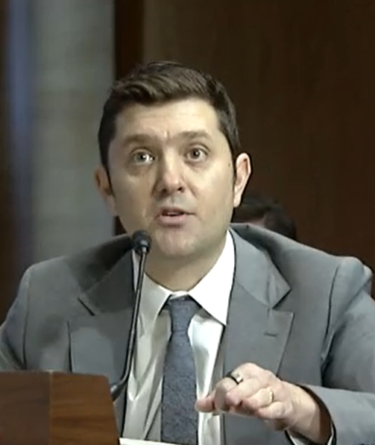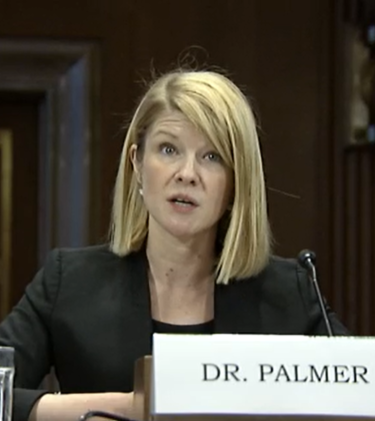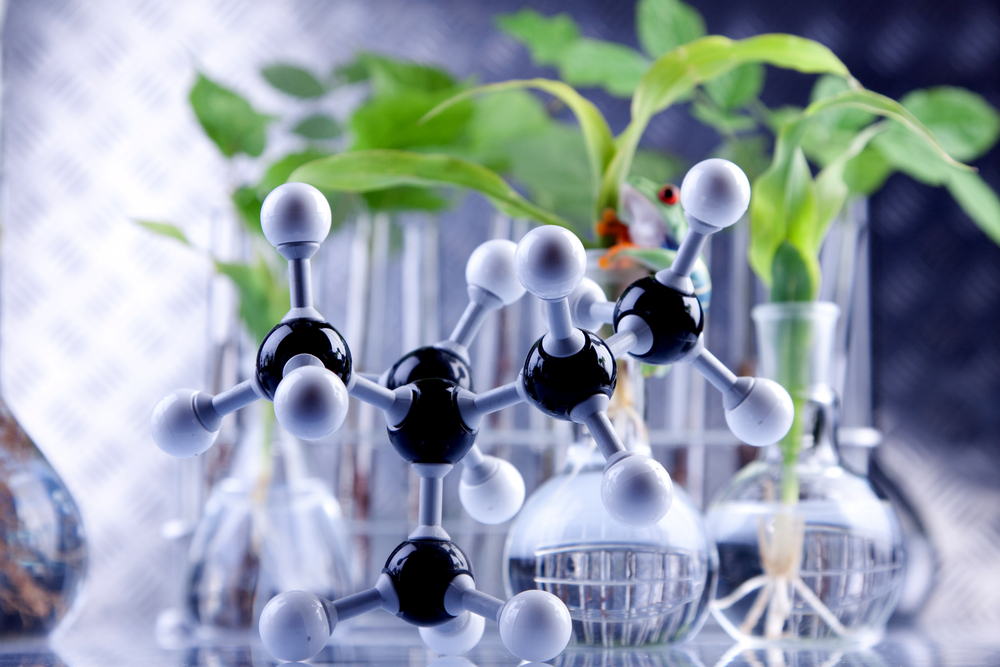By programming cells like computers, the bioeconomy will affect nearly every industry from food production to speedy vaccine trials and renewable fuel resources stemming from sustainable, bio-based materials.
When Burger King debuted its plant-based “Impossible Whopper” that “bled” red, many wanted to know how it tasted, while others sought to answer, “How the hell did they do that?”
Most people don’t realize how sweeping the bioeconomy is and how not a single person on the planet won’t be affected by it.
The bioeconomy is driven by innovation in biotechnology that can program cells like they were computers in order to engineer a wide range of products that touch all of our lives such as food, clothing, and vaccines.
“We patented a process to produce acetaminophen from renewable biomass instead of coal tar” — Dr. Tim Donohue

Dr. Tim Donohue
Giving testimony today before the Senate Subcommittee on Science, Oceans, Fisheries, and Weather, Dr. Timothy Donohue, Director of the Great Lakes Bioenergy Research Center at the University of Wisconsin-Madison, laid out the potential for bio-based approaches to:
- Develop sustainable strategies to feed an ever-growing population by increasing plant and agricultural productivity and quality
- Provide strategies to ensure that future US citizens enjoy clean air, water, and a high standard of living
- Transform human health by providing everything from new pharmaceuticals, reagents for precision medicine, and next generation antibiotics, and
- Produce cost-competitive fuels, chemicals, and materials from abundant renewable
resources.
On the pharmaceutical impact front, Donohue testified that it was now possible to create one of the world’s most common pain relievers, acetaminophen, from renewable biomass.
“We patented a process to produce acetaminophen, the active ingredient in pain relievers like Tylenol, from renewable biomass instead of coal tar that is the current source of this compound,” Donohue testified.
But how will one industry transform almost all the others?

Dr. Jason Kelly
“We will program cells like we program computers” — Dr. Jason Kelly
In today’s hearing, Dr. Jason Kelly, Co-Founder and CEO of Ginkgo Bioworks, testified that major commercial interests in the bioeconomy are happening thanks to advances in synthetic biology — which programs cells as if they were computers.
“We will program cells like we program computers,” said Kelly, adding, “and the reason that’s possible is because in every plant, animal, and microbe out in nature is digital code in the form of DNA inside those cells.
“We can read that code with DNA sequencing, and we can write that code with DNA synthesis or DNA printing.
“And if you can read and write code, you can program it,” he added.
But what does that actually look like in terms of real-world applications? Kelly gave three examples:
- Plant-based Food Products: A plant-based burger that “bleeds” because they use a gene based on hemoglobin that is programmed into brewer’s yeast, and they grow heme — an iron-rich protein believed to be responsible for much of the distinctive taste of meat, according to the New York Times.
- Self-fertilizing Crops: Taking genetic code from soybean microbe, redesigning it on the computer, and putting it into the microbe that lives on corn, so that the microbes grow on corn and the corn self-fertilizes, which is a more efficient way of fertilizing crops.
- Quicker Vaccines: Using mRNA code, which is like a software molecule, to reprogram the body instead of growing an active virus.
When it comes to vaccines, Moderna Therapeutics developed the first vaccine on trial for coronavirus, and it took them only 42 days to come up with the trial vaccine from the time they began sequencing the coronavirus, according to Kelly’s testimony.
According to Moderna, “The potential advantages of an mRNA approach to prophylactic vaccines include the ability to mimic natural infection to stimulate a more potent immune response, combining multiple mRNAs into a single vaccine, rapid discovery to respond to emerging pandemic threats and manufacturing agility derived from the platform nature of mRNA vaccine design and production.”
“Cells are programmable and they don’t move information — they move atoms!” — Dr. Jason Kelly
Moderna Therapeutics didn’t grow an active virus like what is traditionally done, but rather used mRNA code — the software molecule — to program the body.
Kelly said that unlike traditional computers, which basically just move information around, cells don’t move around information, but rather something far more important.
“Cells are programmable and they don’t move information — they move atoms! They build stuff. They’re in the physical world. They’re the important stuff!”
“This is a far more strategically important technology to this country than computers was,” he added.

Dr. Megan Palmer
“A future where biological threats – from emerging diseases to biological weapons – might be rendered obsolete” — Dr. Megan Palmer
Where there is great potential in the bioeconomy to feed society while protecting it from viruses, there is also great potential for the technology to be weaponized.
“Biotechnology can be misused to create virulent pathogens that can target our food supply (crops and animals), or even the human population,” according to the National Academies of Science, Engineering and Medicine “Safeguarding the Bioeconomy” report (the online version is free here).
In today’s hearing, Dr. Megan Palmer, Senior Research Scholar at the Center for International Security and Cooperation at Stanford University, testified that bieconomy also presented biological threats, but that those threats could be made obsolete using the same biotechnology.
Palmer spoke of “a future where diverse products made with biotechnology help us to feed, fuel, and heal this nation, and the world, in ways that are safer, more sustainable and more secure.”
She imagined “a future where biological threats – from emerging diseases to biological weapons – might be rendered obsolete because we can prevent, rapidly detect, diffuse, and deter them.”
But foremost of all, “We must avoid a future where misinterpretation of our activities leads other nations to reconsider biotechnology’s use as a weapon. This is a future none of us want,” she added.
“A future where diverse products made with biotechnology help us to feed, fuel, and heal this nation, and the world, in ways that are safer, more sustainable and more secure” — Dr. Megan Palmer
If companies like Moderna Therapeutics can continue to improve on the speediness of their vaccine trials, there may come a time where biological attacks could be deterred, because the cures would be manufactured almost immediately.
The bioeconomy of the future will touch nearly ever industry, and every witness at today’s hearing said that two things were necessary to drive the bieconomy forward: education starting at a young age (K-12) and reskilling workers to meet the transformation that is to come from bio-based innovation.
The timing has never been better for research and development in biotechnology, with its potential for both good and evil.
The Human Genome was sequenced for $100 million in the year 2000. Now, “Beijing Genomics in China announced a new machine that would sequence the human genome for $100,” according to Kelly.
The cost of genome sequencing has gone down a million-fold over the past 20 years.
‘The bioeconomy will revitalize the Midwest’ with microbial manufacturing












